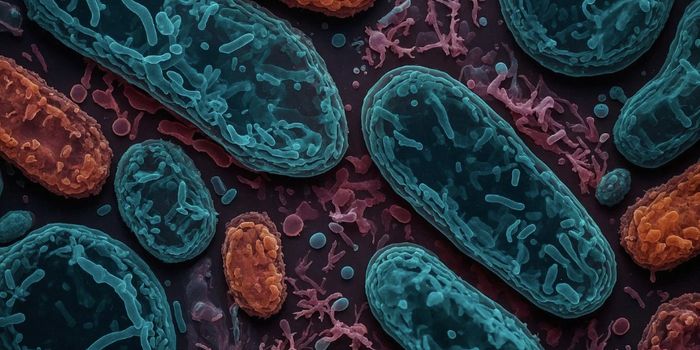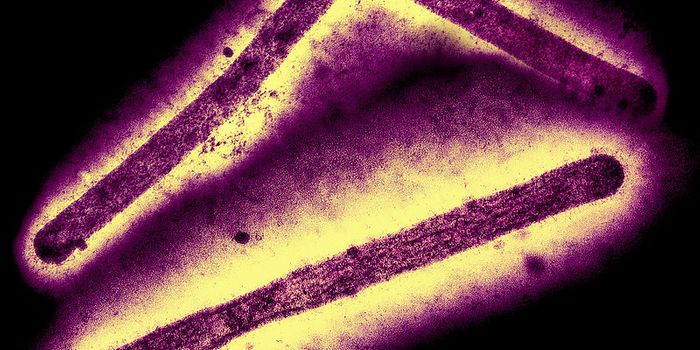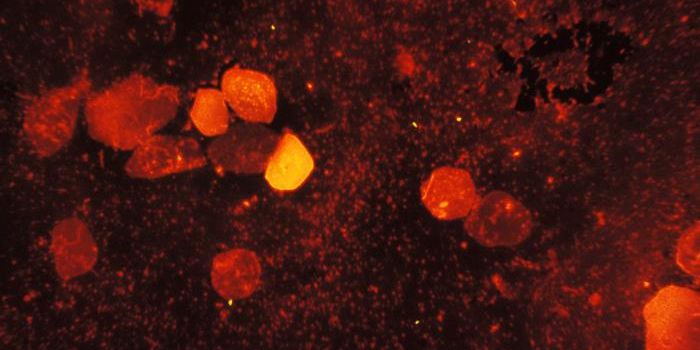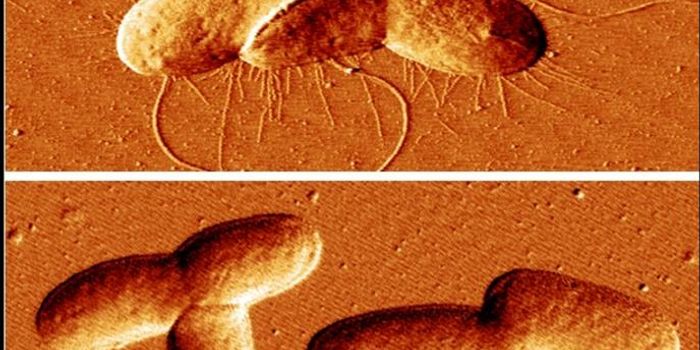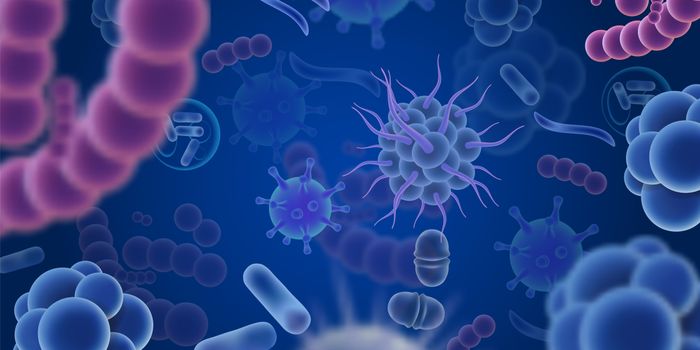A Bacterial Protein That Causes Nausea
The bacterium Campylobacter is thought to cause more cases of food poisoning than any other microbial pathogen. Scientists have now identified a bacterial protein called CiaD that's produced by Campylobacter; it helps the microbe get into cells and hijack critical processes. Reporting in Nature Communications, the researchers determined CiaD can take over by altering the composition of a host cell protein complex.
"Many people that get sick think, 'oh, that's probably Salmonella,' but it is even more likely it's Campylobacter," said first study author Nick Negretti Ph.D., a researcher in the lab of Michael Konkel in Washington State University's School of Molecular Biosciences.
This work has provided important new insights into how Campylobacter infects cells and may help researchers learn why these infections are persistent or how to treat them.
"We knew these things were happening, but we didn't know how," said Negretti. "Now, if we can stop this process, disease won't happen."
Campylobacter causes an estimated 550 million cases of diarrhea every year, according to the World Health Organization. It also causes nausea and vomiting. The pathogen releases proteins that enter cells in the gastrointestinal tract, and that enables the microbe to hide from the immune system.
In this work, the scientists used mass spectroscopy to study interactions between proteins, and find the target of CiaD.
In some countries, Campylobacter infections are correlated with stunted linear growth in impoverished children; this research may help scientists find a way to prevent that.
"With this finding, we can speculate that processes like this that affect the cell could impact the intestinal cell's ability to form the correct structures to absorb nutrients," Negretti said. "While this is a mechanistic level of understanding, the answers to how the bacteria is specifically affecting cells in the body could have broader ranging impacts into understanding the public health importance of this pathogen."
The team scientists plan to continue to study proteins that are released by infectious microbes.
"We...identified CiaD was delivered to the host cells in 2013," Konkel said. "A major question for the past 20 years has been: what are these secreted proteins and what do they do? This is just the first protein to have an identified cell target."
Sources: AAAS/Eurekalert! via Washington State University (WSU), Nature Communications


